9 Kinds of Fish You Shouldn’t Eat
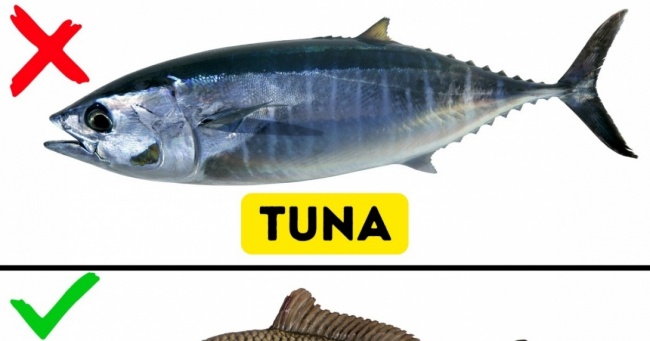
We all know that fish is both delicious and healthy. However, there are certain fish that will do you more harm than good.
We at FunnyModo would like to tell you about 9 types of fish you should eat rarely or not at all. Take care!
Catfish can grow to considerable size. To accelerate their growth, many fish farmers feed them hormones, especially those fish imported from Asian countries. Free-grown catfish are much less dangerous and more nutritionally valuable.
Mackerel contains mercury, which is not cleared from but accumulated in the human body, causing various diseases. The Atlantic mackerel is the least dangerous in this regard, and you can eat it as much as you like.
Tuna contains lots of mercury, especially blackfin and bluefin tuna. Additionally, there’s precious little free-grown tuna in the stores because it’s nearly extinct. All the fish comes from farms where it’s fed with antibiotics and hormones.
There aren’t many healthy fatty acids in tilapia, yet the concentrations of harmful fats in it are almost as high as in lard. Excess consumption of this fish leads to an increase in cholesterol levels and makes the body more sensitive to allergens.
Eels have lots of fat, and thus easily absorb industrial and farm waste in the water. American species have the highest level of such intoxication. European eels are also known for being contaminated with large amounts of mercury.
Most of the pangasius we see in our stores is brought from Vietnam, namely from the Mekong River that is considered one of the most contaminated water bodies in the world. Moreover, pangasius fillet contains an elevated level of nitrofurazone and polyphosphates (carcinogens).
This fish is the leader in mercury contamination, and it’s often caught in breach of the rules, increasing the risk of food poisoning.
Sea bass contains an ample amount of mercury. Sometimes, especially when it’s served as fillet, instead of sea bass you get pangasius or some other cheaper fish.
This fish, more commonly known as oilfish, contains gempylotoxin — a waxy substance that is not metabolized at all. The toxin doesn’t do much harm, but it can cause indigestion. To reduce the levels of gempylotoxin, the fish should be fried or grilled.
Fresh fish always has shiny scales and clear eyes. Take a fish in your hands and look — a spoiled fish will have its tail lowered weakly. Dry fins and gray gills instead of bright red ones also point to staleness.
When buying live fish from a tank, make sure the water is clear. Choose fish that aren’t near the surface but closer to the bottom.
If you like fishing and then cooking the catch, check the water for mercury. It’s simple to do when you have a mercury analyzer.
When buying salmon, choose chunks with white threads in them: if a chunk is completely red, it’s probably been dyed. Also, don’t take fish that has bright spots on its skin: it was caught during the spawning season, and its meat is bland. In that case choose the wild Alaskan halibut better.
Preview photo credit depositphotos
Illustrated by Anna Syrovatkina for BrightSide.me
Based on materials from draxe, health, livestrong

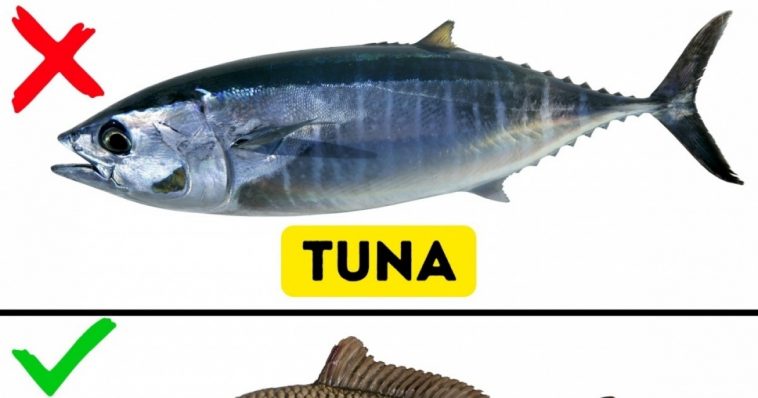
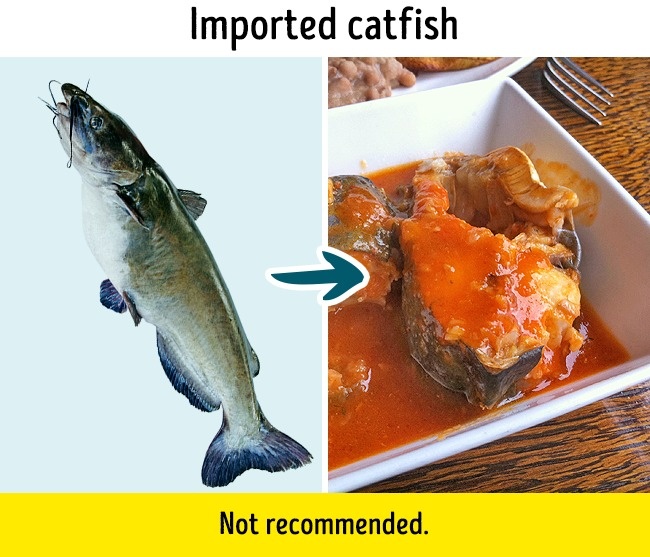
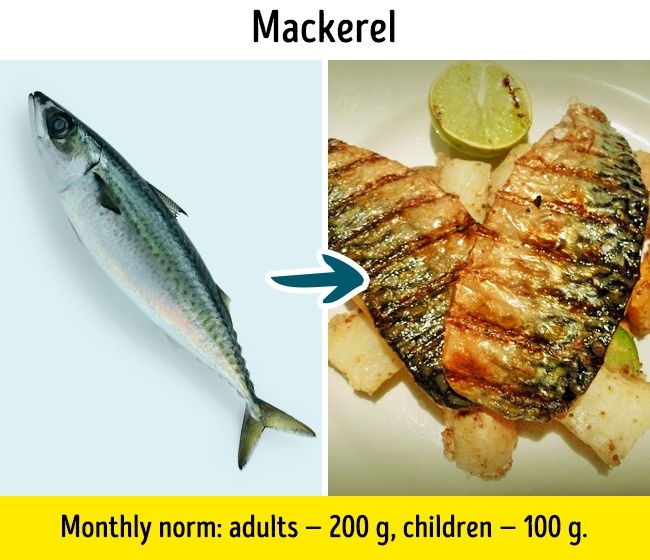
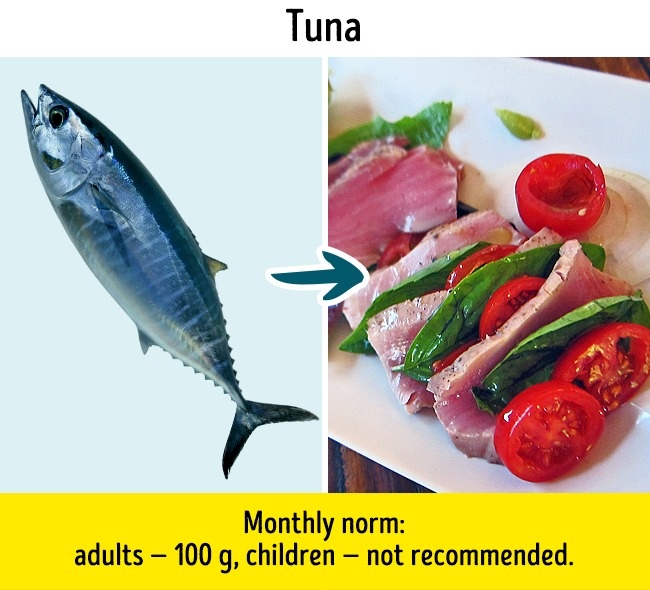
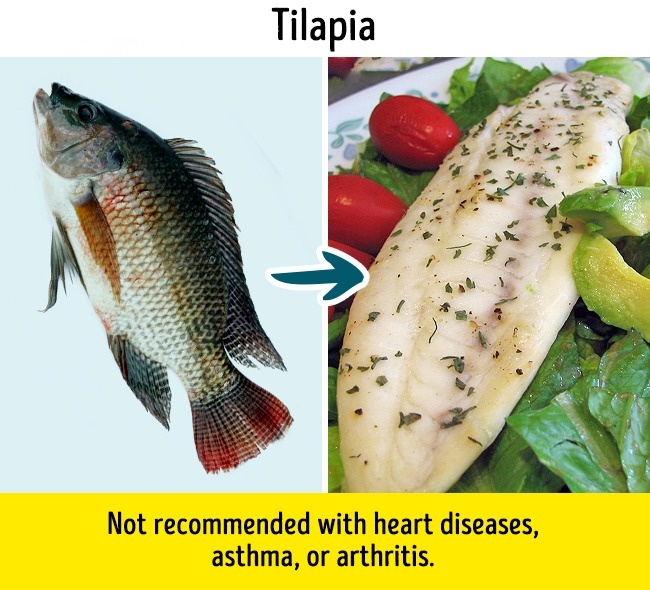
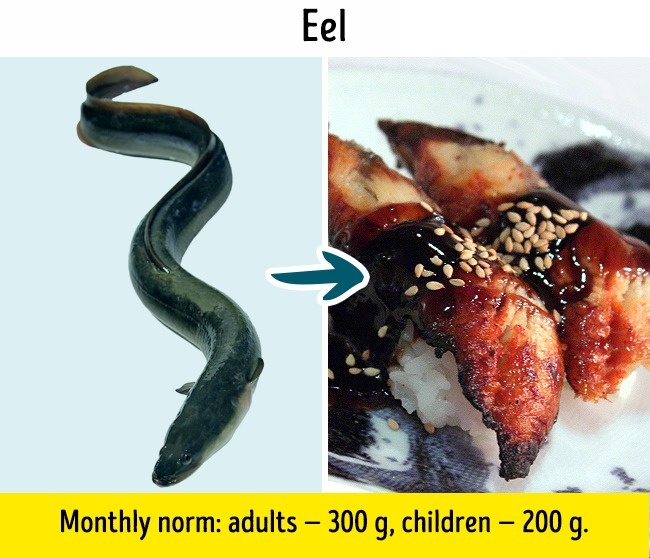
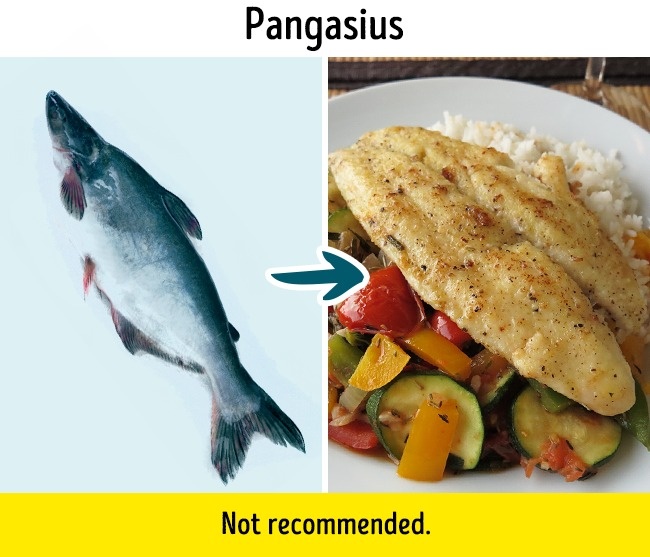
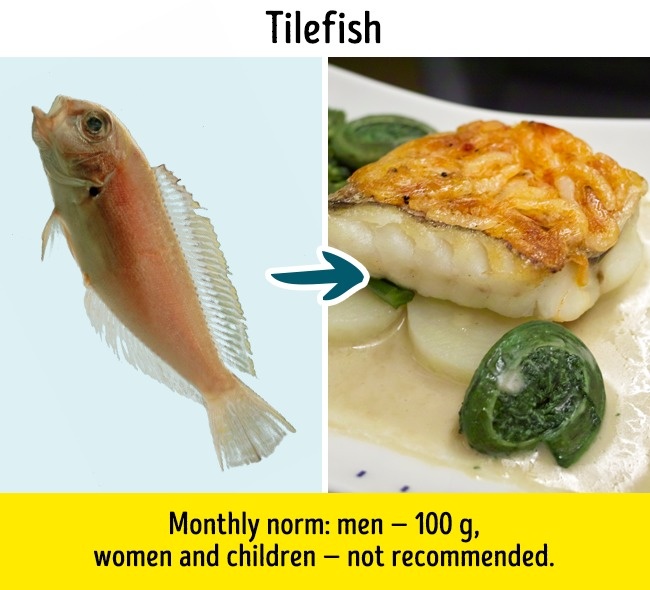

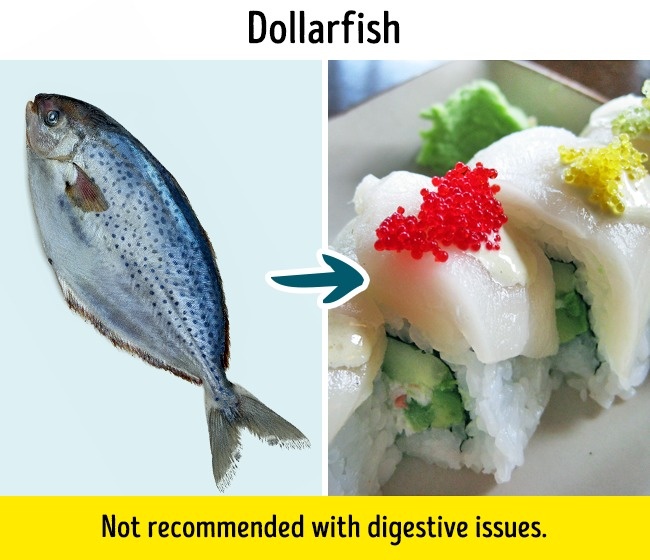


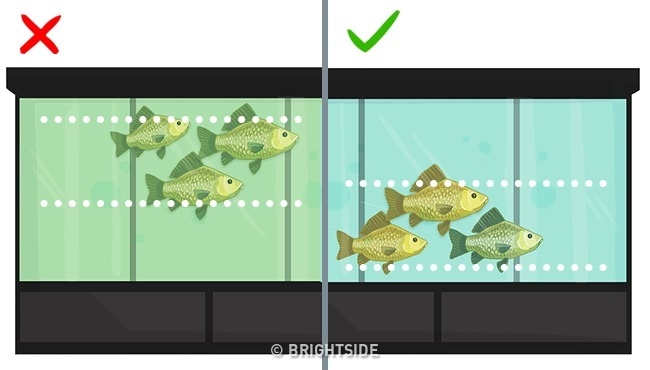
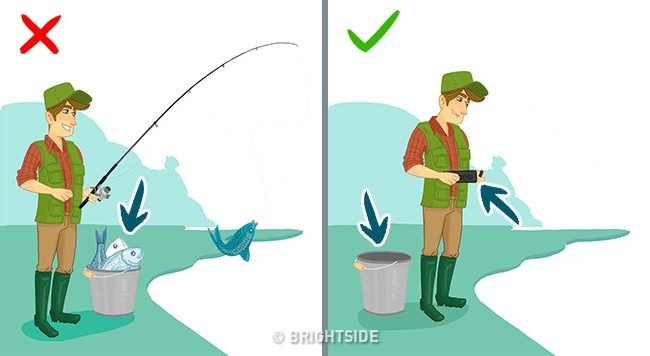
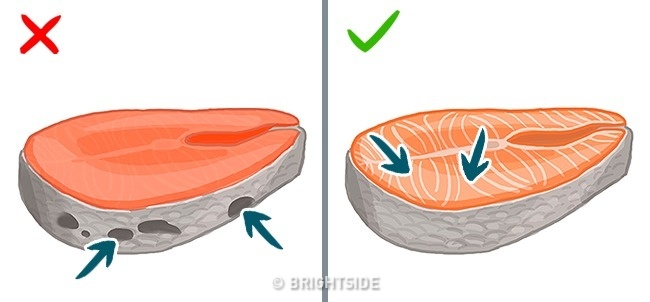


Comments